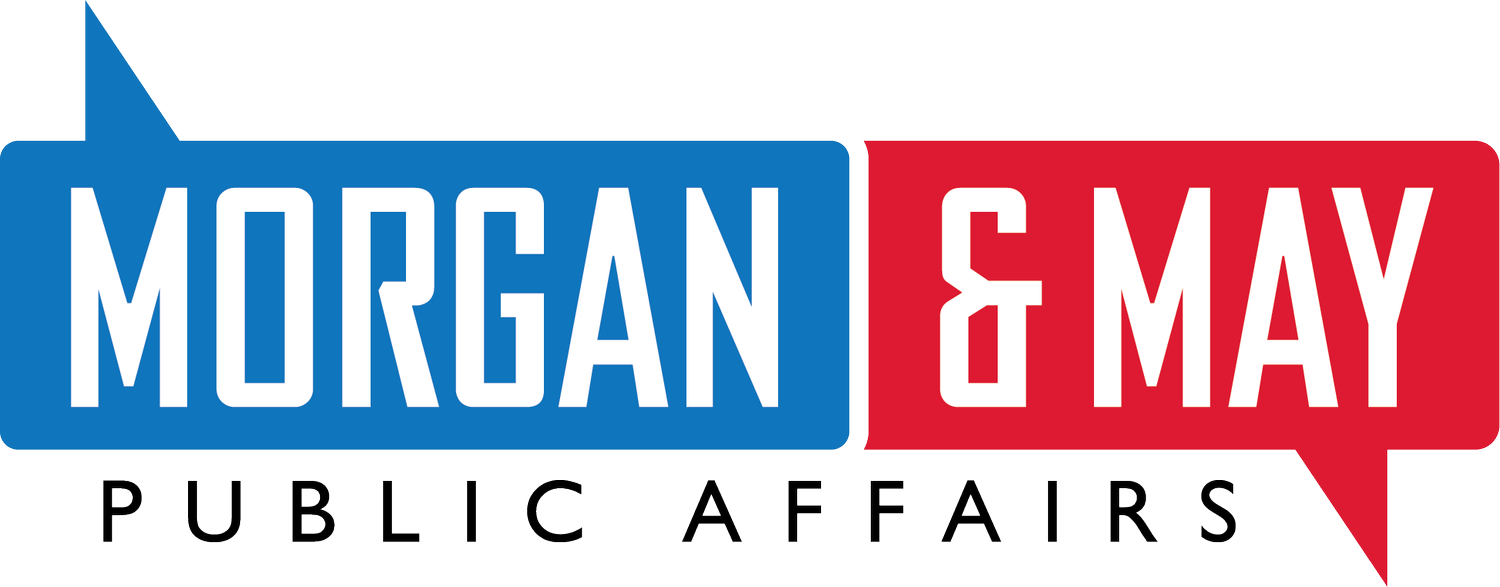Navigating Interim Committees: The 6-Month Window Most Groups Ignore
Policy Moves Quietly First
For many advocacy groups, the policymaking calendar starts in January. But if you’re waiting until the legislative session begins to engage, you’ve already missed the most important window.
Utah’s Legislature operates year-round—and right now, interim committees are quietly shaping what’s to come. These monthly meetings, which run from May through November, are where ideas get tested, allies get lined up, and next session’s bills begin to take shape.
Why Interim Matters
Interim isn’t downtime—it’s development time.
This is when lawmakers gather information, test ideas, and build support before the spotlight of the session. The pace is slower, but conversations are easier. It’s a chance to raise questions, offer insights, and build relationships without the pressure of imminent votes or headlines.
And it’s happening now. June’s interim meetings are taking place this week, and legislative conversations are already in motion. What gets said—and who shows up—can influence policy direction months ahead of the session.
How Organizations Can Engage
Watch agendas: Interim topics often get posted just days in advance. Staying alert can help you anticipate when your issue will surface.
Show up early: A quiet committee room in summer is more approachable than a crowded hallway in February. Make face-to-face introductions now.
Use interim for education, not pressure: This is your window to answer questions and provide context before stakes escalate.
Track recurring themes: If a topic keeps showing up in interim, it’s usually a sign that legislation is coming.
What We’re Watching This Week
At Morgan May Public Affairs, we’re closely following several June discussions that signal potential 2025 legislation:
Housing Policy and Affordability
Economic development leaders and housing officials are briefing lawmakers on Utah’s housing strategy, financing tools, and affordability gaps.
Healthcare Regulation and Costs
Interim committees are examining provider regulations, newborn screening, and rising healthcare costs—issues that often lead to licensure or scope-of-practice bills.
County Government Structures
Lawmakers are weighing changes to county governance, including triggers for expanding council sizes and reclassifying counties based on population.
Energy and Nuclear Development
Utah’s role in advanced nuclear energy is a hot topic, including plans for a new test reactor and supply chain development—suggesting potential incentives or regulatory changes.
Broadband Deployment
With federal cuts to broadband funding, Utah officials are exploring alternative approaches, which could become a major 2025 priority.
The Bottom Line
Most policy work doesn’t start at the Capitol—it starts in rooms that are half-full but full of opportunity. If your organization wants to shape outcomes next session, this is the moment to be present, credible, and strategic.
We help clients navigate these quieter—but pivotal—stages of policymaking.

